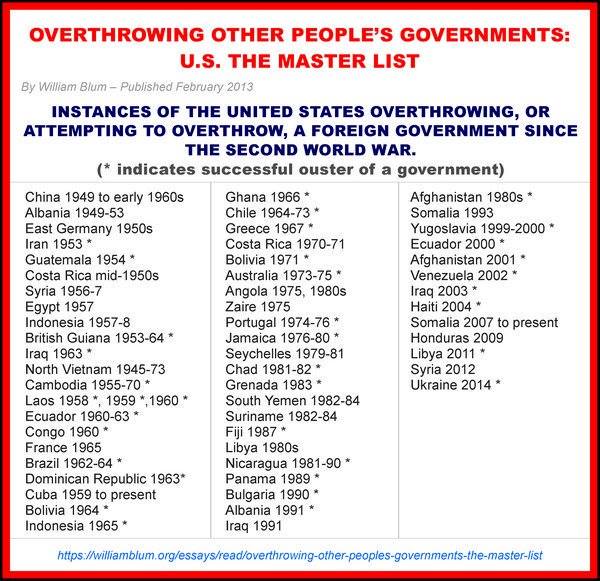[dropcap]N[/dropcap]o topic in the health sciences is more fundamental or more poorly understood than nutrition. How and what we eat now causes more disease and death than any other health risk factor. About half of all American adults have one or more preventable, diet-related chronic diseases.
Our norm of three meals a day with snacks between is antithetical to our biology. Recent research suggests a new paradigm with remarkable effects on aging, disease, and weight control.
It’s about time.
Caloric restriction (CR), a dramatic reduction in caloric intake without malnutrition, has been shown to not only reduce weight but prolong healthy life span in a variety of species from worms to nonhuman primates. Risk for cardiovascular disease, diabetes, and cancer, the leading causes of death and disability, are markedly diminished by CR regimens. However, few people can tolerate deprivation, and calorie restriction is also associated with undesirable side effects such as fatigue, loss of libido, impaired cold tolerance, and muscle wasting.
These obstacles drove a quest for a more user-friendly variation of CR. Valter Longo, at the University of Southern California (USC) Longevity Institute, was a pioneer in so-called fasting-mimicking diets. He demonstrated that five days of CR per month for three months caused beneficial changes in risk factors of age-related diseases in humans. Five days of CR, however, is still a tough ask for many — studies have shown that up to 30% of subjects attempting to comply with this regimen drop out.
A big breakthrough came in 2012. Satchidananda Panda at the Salk Institute for Biological Studies found that mice fed a high-fat diet eight hours per day were healthier and leaner than mice allowed to eat the same diet whenever they wanted, even though both groups consumed the same number of calories. The key variable appeared to be defining a daily time frame for feeding and fasting, hence the name — Time Restricted Feeding (TRF).
Panda then investigated this effect in humans under a variety of conditions that mimic the real world.
Our physiology is the result of millions of years of adaptation to periods of food scarcity during which superior cognitive and physical performance conferred survival.
The team studied the impact of TRF in obese participants with diverse pre-existing diets (high fat, high sugar, high fat and sugar). TRF appeared to prevent elevated cholesterol, insulin resistance, and inflammation despite the consumption of obesity-causing foods. In other words, it seemed to block the pathological consequences of the eating habits of many Americans. The benefits were proportional to the fasting duration. The longer the fast, the greater the improvement in lipid profile, insulin sensitivity, and inflammation.
Research that demonstrated how the benefits of CER (continuous energy restriction) could be gained by restricting food intake to certain times of day signaled the beginning of the Intermittent Fasting (IF) movement. IF diets are defined by the duration and frequency of the fast. Daily IF requires 12–16 or more hours without eating. In alternate-day fasting (ADF), one alternates between zero calorie consumption one day and unrestricted feeding the next. A middle ground IF, alternate-day modified fasting (ADMF), entails alternating between a day of consuming few calories (<25% of energy needs) and eating without restriction the next.
These IF regimens have been shown to trigger many of the same biological pathways as caloric restriction.
How could this scheduled eating regimen have such profound effects? It appears two key components are at play.
Flipping the Metabolic Switch
The body can use either glucose or fatty acids for fuel. After eating, glucose provides energy and unused glucose is stored as glycogen, an easily mobilized form of glucose. In the absence of long or intense physical activity, glycogen is not depleted and unused glucose is converted to triglycerides and stored in fat tissue.
Fasting works by first emptying the glycogen stores and then tapping fat tissue. Triglycerides are broken down to produce fatty acids. The liver converts these fatty acids to ketone bodies that can be used as fuel. Ketone levels begin to rise after eight to 12 hours without food. Like a car’s fuel gauge that only flashes when approaching empty, the time needed to flip the metabolic switch depends on the starting liver glycogen content (fuel in tank) as well as energy expenditure during the fast (how fast you drive).
This metabolic switch from glucose to ketone utilization activates evolutionarily conserved cellular responses that improve glucose regulation, increase stress resistance, and suppress inflammation. During a fast, damaged molecules are repaired or removed. This has been shown to improve or prevent a wide range of disorders including obesity, diabetes, cardiovascular disease, cancers, and neurodegenerative brain diseases.
It is striking that both physical and mental function is improved with IF. Endurance, coordination, and balance are increased and muscle mass is maintained despite the regular period of fasting. Ketones allow greater energy production and appear to increase the generation of mitochondria. Ketones also boost levels of brain-derived neurotrophic factor, a protein essential for maintaining healthy neurons and creating new ones. Spatial memory, associative memory, and working memory are all enhanced by IF.
The fact that a period of food deprivation flips a metabolic switch that enables superior functioning makes sense from an evolutionary perspective. As hunter-gatherers, we did not have breakfast before going out in search of food. Our most important activities for survival were carried out on an empty stomach. Persistence hunting consisted of long periods of moderate effort punctuated by short bouts of maximal sprints. Gathering required precise memory for identification of nourishing and poisonous plants.
The contemporary cultural norm of three meals per day with snacks eliminates the possibility of this higher level of function. Humans have lived as hunter-gatherers for 99% of our existence. Our physiology is the result of millions of years of adaptation to periods of food scarcity during which superior cognitive and physical performance conferred survival. We now know that our feeding habits not only impair our fitness but fuel an epidemic of chronic disease.
Time of Day
The second aspect that matters is when you eat and when you fast.
Recent discoveries have shown that a meal consumed at 8 a.m. is not processed the same way as an identical meal consumed at 8 p.m. All mammals possess this metabolic circadian rhythm (changes that follow a 24-hour cycle driven by environmental light and darkness) for good reason.
Energy requirements are defined by activity level. The human day (until recently in our history) consisted of an active daylight phase and a resting night phase. This resulted in the evolution of a metabolic day shift, so to speak, bearing little resemblance to the night shift. Daytime metabolism was designed for eating, energy harvesting, and storage while nighttime metabolism was designed for fasting and accessing stored energy. Melatonin, the body’s expression of darkness, orchestrates these changes.
Traditionally, melatonin was considered primarily as a sleep cue. It is now recognized as the most powerful messenger to switch from active to resting metabolic function, a chemical signal of day’s end. Darkness triggers the secretion of this ancient hormone. Light, whether natural or artificial, blocks melatonin secretion.
The widespread adoption of electric lighting ended sunlight-entrained human circadian rhythms. Illuminated night blocks our natural transition to a fasting state — and eating (acquiring and storing calories) now continues well into the night. Even dim light at night has been shown to significantly decrease melatonin secretion in humans. This disconnection from nature’s clock is now considered an important cause of our struggle with weight gain.
Melatonin exerts its effect on weight by modulating the action of several key metabolic hormones such as insulin, ghrelin, and leptin. These hormones orchestrate appetite, satiety, calorie uptake, and fat storage. Melatonin also appears to increase activity level and core body temperature, thereby increasing energy expenditure. Investigators believe this increased calorie usage is due to activation of brown fat. Unlike white fat (most body fat) that stores energy, brown fat burns up lots of extra calories by producing heat.
Animals that have had the pineal gland (location of melatonin production) removed become overweight. Timed administration of melatonin reverses the weight gain. In addition, middle-aged fat animals given melatonin and studied to old age showed decreased weight and visceral fat. These changes were eliminated if melatonin was withheld.
Getting Started
For most people (apart from diabetics for whom fasting could be dangerous and must be discussed with a physician), the major challenge around IF has to do with breaking established habits. Any departure from three meals a day with snacks between can feel like a major shock to the system. Switching to an IF regimen often causes intense hunger, irritability, and impaired concentration. However, side effects usually subside within a month. Elimination of all snacks is a good starting point, followed by gradually lengthening the time interval between dinner and the first meal of the next day. The goal is to fast for 16 to 18 hours per day.












